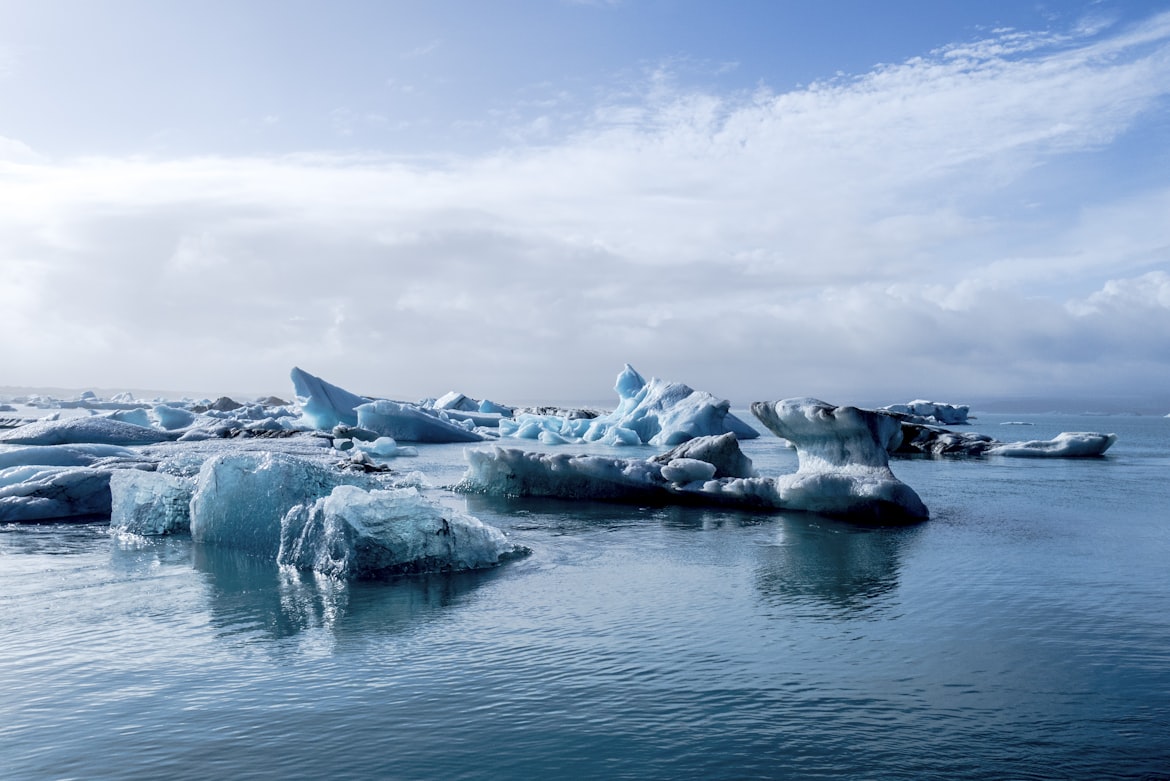Early Human Activities Had A Greater Impact On The Earth's Atmosphere Than Previously Thought
A new research connects a rise of black carbon in Antarctic ice cores to Mori burning habits about 700 years ago in New Zealand.
While studying ice core samples from Antarctica's James Ross Island a few years ago, scientists observed something unusual: a significant rise in black carbon levels that started around the year 1300 and remained until the present day.
Black carbon, often known as soot, is a light-absorbing particle produced by biomass burning (forest fires) and, more recently, fossil fuel combustion. Scientists from the United Kingdom, Austria, Norway, Germany, Australia, Argentina, and the United States collaborated to investigate the sources of the unexpected rise in black carbon collected in Antarctic ice.
The results, published in Nature this week, hint to an odd source: ancient Mori land-burning traditions in New Zealand, which influenced the atmosphere over much of the Southern Hemisphere and exceeded other preindustrial emissions in the area during the last 2,000 years.
"It's rather remarkable that humans created such a substantial shift in atmospheric black carbon via their land clearing operations at this period in history," said one DRI research professor of hydrology who developed and supervised the project. "We used to believe that going back a few hundred years would reveal a pristine, pre-industrial world, but our research shows that people have been influencing the ecology across the Southern Ocean and the Antarctic Peninsula for at least the previous 700 years."
Identifying the source of the black carbon
The research team used DRI's unique continuous ice-core analysis method to evaluate an array of six ice cores obtained from James Ross Island and mainland Antarctica to determine the source of the black carbon. In 2007, a scientist invented the technology for analyzing black carbon in ice.
While black carbon levels in the ice core from James Ross Island tripled over the next 700 years, peaking in the 16th and 17th centuries, black carbon levels in mainland Antarctica remained relatively steady throughout the same time period.
The results were backed up by atmospheric model simulations of black carbon movement and deposition in the Southern Hemisphere undertaken by a professor from the University of Vienna.
"It's apparent from our models and the ice deposition pattern over Antarctica that Patagonia, Tasmania, and New Zealand were the most probable sources of enhanced black carbon emissions beginning about 1300," the expert added.
Only one credible option remained after checking paleofire data from each of the three regions: New Zealand, where charcoal records revealed a significant rise in fire activity around the year 1300. This date also corresponded to the Mori people's anticipated arrival, settlement, and subsequent burning of most of New Zealand's wooded regions.
Given New Zealand's limited land area and the distance (almost 4,500 miles) that smoke would have traveled to reach the ice core location on James Ross Island, this was a surprise discovery.
"You wouldn't anticipate Mori fire in New Zealand to have a huge influence compared to natural burning in regions like the Amazon, Southern Africa, or Australia," said a postdoctoral researcher at DRI. "It was very fantastic to be able to utilize ice core data to illustrate affects on atmospheric chemistry that stretched throughout the whole Southern Ocean, and to be able to tie it to the Mori arrival and colonization of New Zealand 700 years ago."
Effects of research
The conclusions of the research are significant for many reasons. The findings, for starters, have significant consequences for our knowledge of the Earth's atmosphere and climate. To create future estimates, modern climate models depend on precise knowledge about historical climate, particularly on emissions and concentrations of light-absorbing black carbon connected to the Earth's radiative balance. Although it is commonly assumed that human activities during preindustrial times were negligible when compared to background or natural burning, this study provides new evidence that emissions from human-related burning have impacted Earth's atmosphere and possibly its climate far earlier and at much larger scales than previously thought.
Second, biomass-burning byproducts are high in micronutrients like iron. Because phytoplankton development is nutrient-limited in most of the Southern Ocean, the increased fallout from Mori fire most likely resulted in millennia of increased phytoplankton bloom in wide portions of the Southern Hemisphere.
Third, the findings add to our understanding of when the Mori arrived in New Zealand, one of the last habitable regions on the planet to be inhabited by people. Mori arrival dates based on radiocarbon dates range from the 13th to the 14th centuries, while the more exact dating provided by ice core records pinpoints the commencement of large-scale burning by early Mori in New Zealand to 1297, with a 30 year uncertainty.
"Ice core records are very valuable for learning about past human impacts on the environment," another scientist said. "From this study and other previous work our team has done, such as on 2,000-year-old lead pollution in the Arctic from ancient Rome, it is clear that ice core records are very valuable for learning about past human impacts on the environment," another scientist said. "Even the most distant corners of the globe weren't always clean in preindustrial times."

